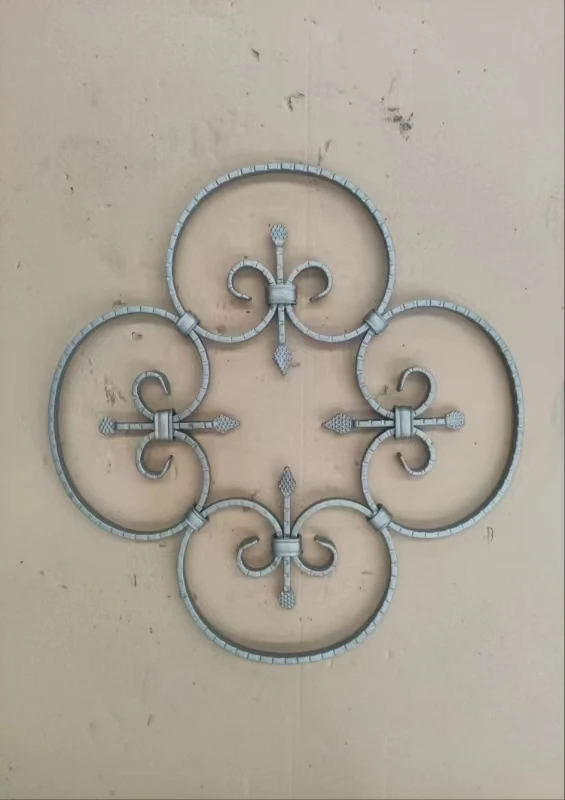Adjustable Wheels for Screen Door Bottoms for Smooth Operation and Easy Movement
Understanding Screen Door Bottom Wheels A Comprehensive Guide
Screen doors are a popular feature in many homes, offering ventilation without compromising security. However, like any other part of a door, they can wear out over time. One often overlooked component of a screen door is the bottom wheel. Understanding the purpose, types, and maintenance of these wheels can enhance the performance and longevity of your screen door.
What are Screen Door Bottom Wheels?
Screen door bottom wheels, also known as rollers, are small, wheel-like mechanisms located at the bottom of the door. Their primary function is to facilitate smooth sliding movements, allowing the screen door to open and close effortlessly. These wheels are typically designed to roll along a track or a guide, which ensures that the door remains aligned and stable while in use. Without functioning wheels, a screen door can become difficult to operate, leading to frustration and potential damage.
Types of Screen Door Bottom Wheels
There are various types of bottom wheels available for screen doors, each with unique features catering to different installation requirements and user preferences. The two most common types are
1. Plastic Wheels These are often lightweight and inexpensive, making them a popular choice for many homeowners. They can handle regular use but may wear down quicker than other materials.
2. Metal Wheels Often made from stainless steel or aluminum, metal wheels are more durable and capable of supporting heavier screen doors. They tend to have a longer lifespan and can withstand harsher conditions.
When selecting bottom wheels for your screen door, consider the weight of the door, frequency of use, and environmental conditions. This will help ensure that you choose the right type that meets your needs.
Signs of Worn-Out Wheels
screen door bottom wheels

It’s crucial to monitor the condition of your screen door bottom wheels as they can significantly impact the door’s functionality
. Some common signs that your wheels may need replacement include- Difficulty in Opening or Closing If the door feels stuck or requires excessive force to move, it may indicate that the wheels are worn out or damaged. - Uneven Movement If the door appears to be wobbling or tilting as it slides, it could result from misaligned or broken wheels. - Noisy Operation A screeching or grinding noise when sliding the door can be a sign that the wheels need lubrication or replacement.
Maintaining Your Screen Door Bottom Wheels
Regular maintenance can prolong the life of your screen door bottom wheels. Here are some tips
1. Lubrication Use a silicone-based lubricant to keep the wheels running smoothly. Avoid using oil-based products, as they can attract dirt and grime.
2. Cleaning Regularly clean the track to remove debris, dust, and dirt that can interfere with the wheels' movement.
3. Inspection Periodically check the wheels for any signs of wear or damage. Early detection can save you time and money in repairs.
Conclusion
Investing time in understanding screen door bottom wheels can greatly enhance the usability and longevity of your screen door. By identifying the right type of wheels for your door and implementing regular maintenance practices, homeowners can ensure that their screen door functions well and adds to the comfort of their home. Whether you’re dealing with a new installation or a replacement, attention to this small but vital component can make a significant difference in your overall sliding door experience.
-
Wrought Iron Components: Timeless Elegance and Structural StrengthNewsJul.28,2025
-
Window Hardware Essentials: Rollers, Handles, and Locking SolutionsNewsJul.28,2025
-
Small Agricultural Processing Machines: Corn Threshers, Cassava Chippers, Grain Peelers & Chaff CuttersNewsJul.28,2025
-
Sliding Rollers: Smooth, Silent, and Built to LastNewsJul.28,2025
-
Cast Iron Stoves: Timeless Heating with Modern EfficiencyNewsJul.28,2025
-
Cast Iron Pipe and Fitting: Durable, Fire-Resistant Solutions for Plumbing and DrainageNewsJul.28,2025
-
 Wrought Iron Components: Timeless Elegance and Structural StrengthJul-28-2025Wrought Iron Components: Timeless Elegance and Structural Strength
Wrought Iron Components: Timeless Elegance and Structural StrengthJul-28-2025Wrought Iron Components: Timeless Elegance and Structural Strength -
 Window Hardware Essentials: Rollers, Handles, and Locking SolutionsJul-28-2025Window Hardware Essentials: Rollers, Handles, and Locking Solutions
Window Hardware Essentials: Rollers, Handles, and Locking SolutionsJul-28-2025Window Hardware Essentials: Rollers, Handles, and Locking Solutions -
 Small Agricultural Processing Machines: Corn Threshers, Cassava Chippers, Grain Peelers & Chaff CuttersJul-28-2025Small Agricultural Processing Machines: Corn Threshers, Cassava Chippers, Grain Peelers & Chaff Cutters
Small Agricultural Processing Machines: Corn Threshers, Cassava Chippers, Grain Peelers & Chaff CuttersJul-28-2025Small Agricultural Processing Machines: Corn Threshers, Cassava Chippers, Grain Peelers & Chaff Cutters












